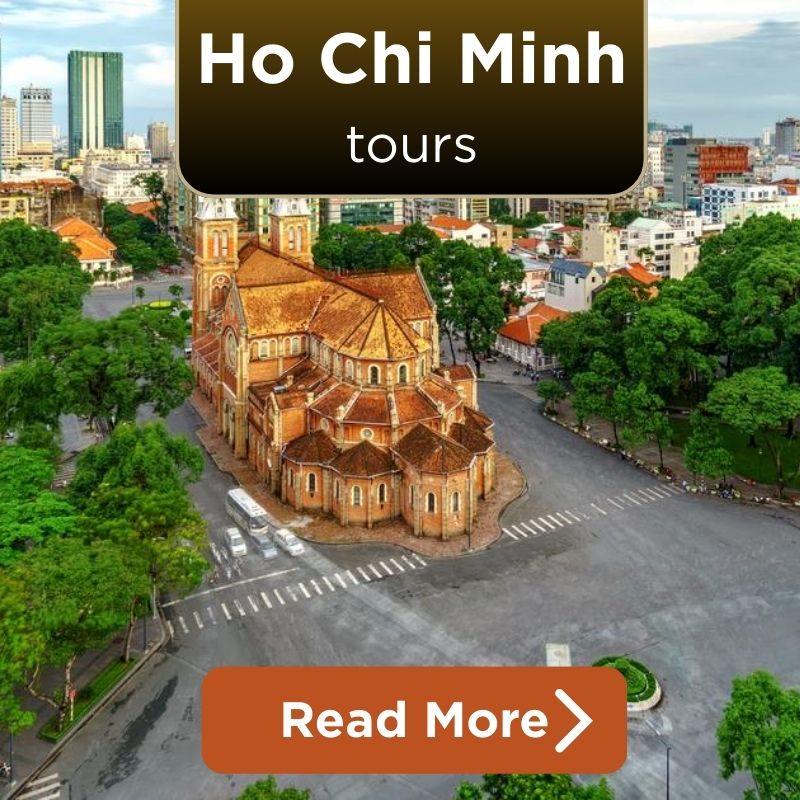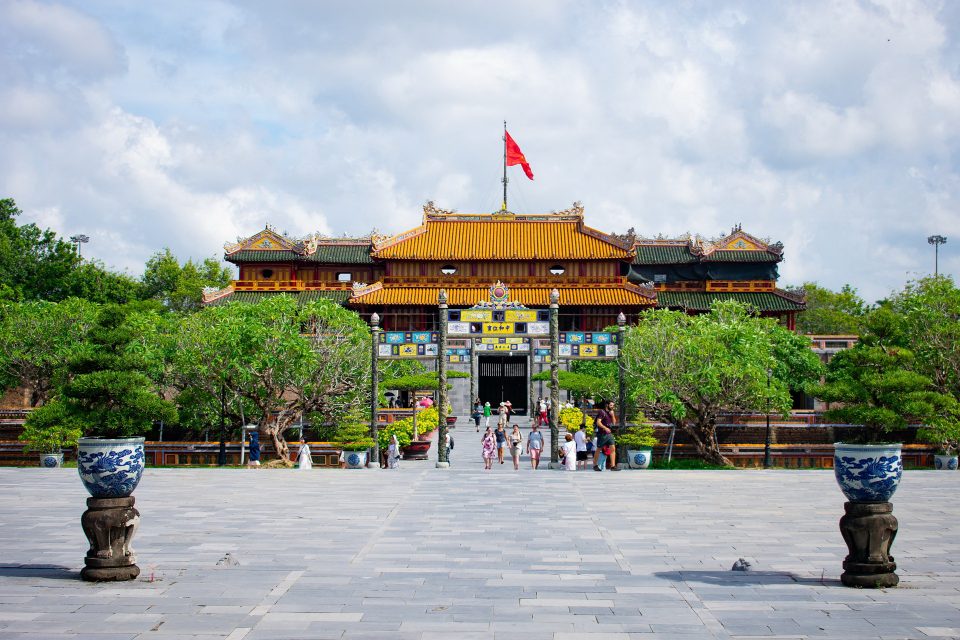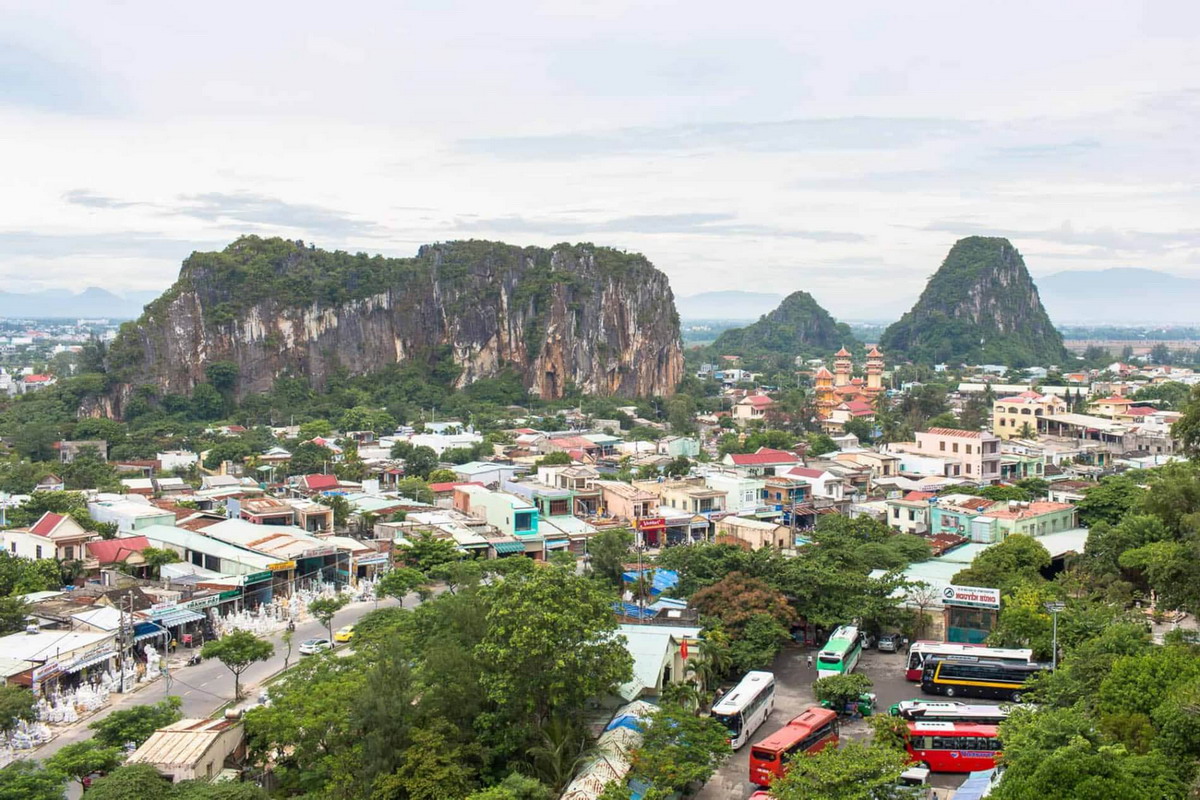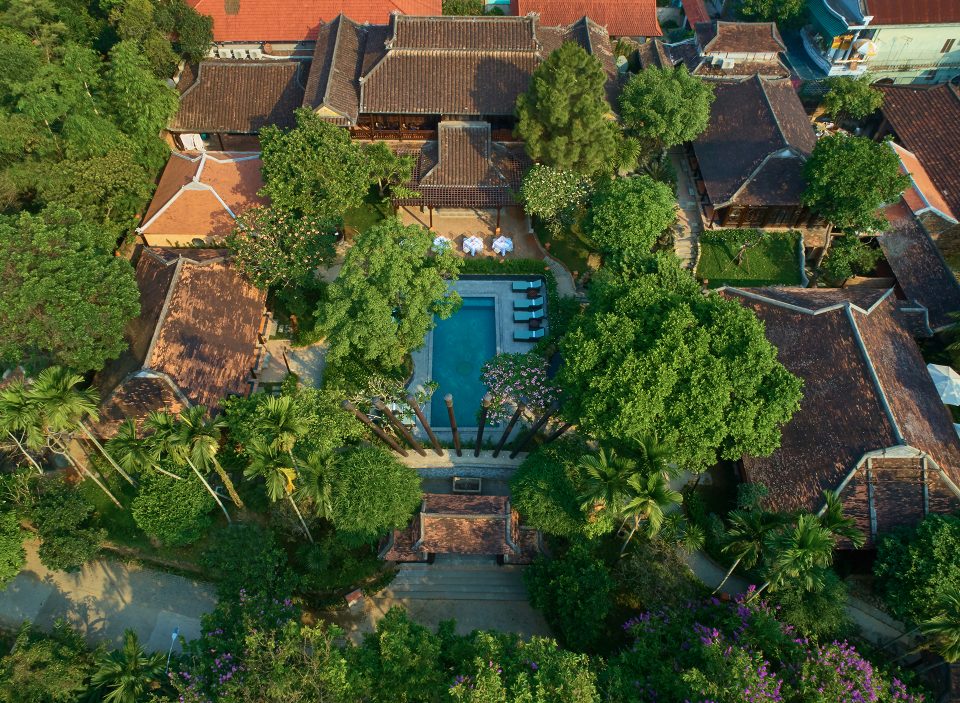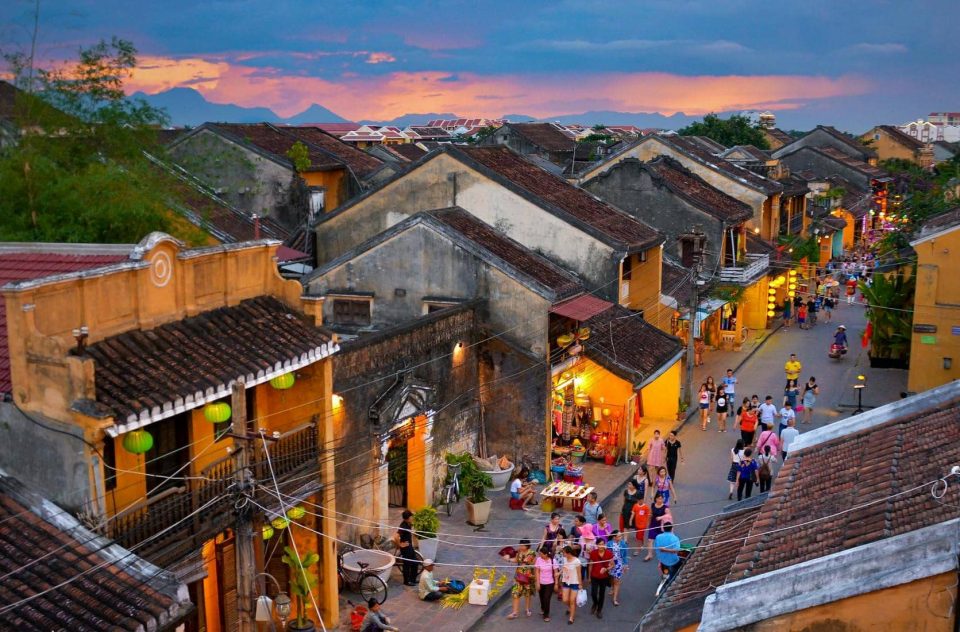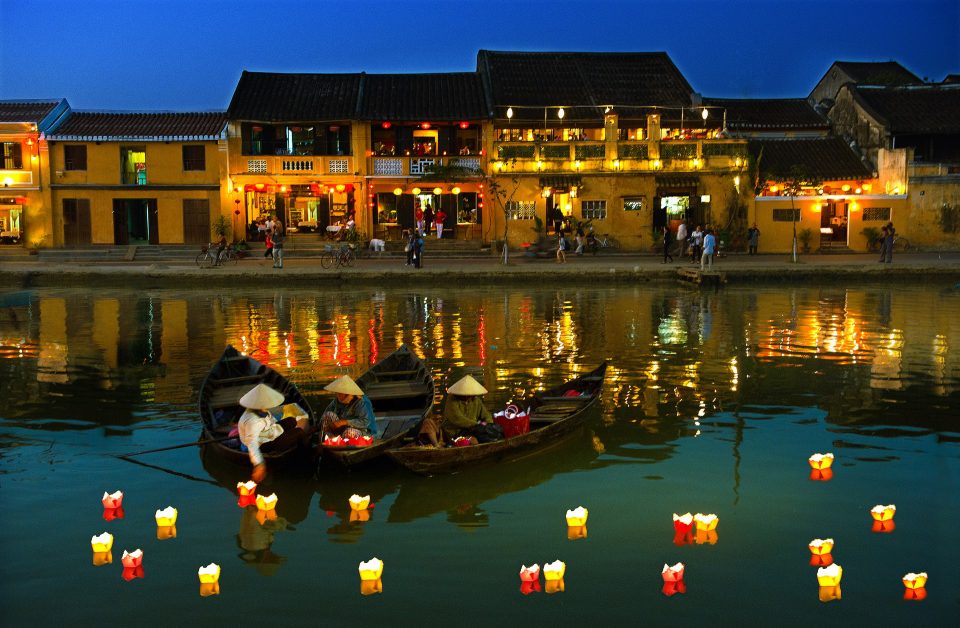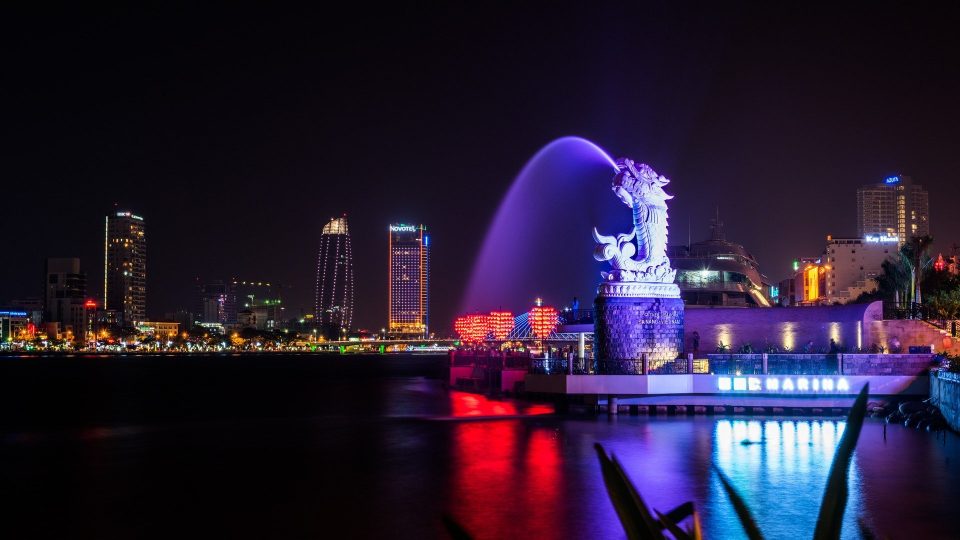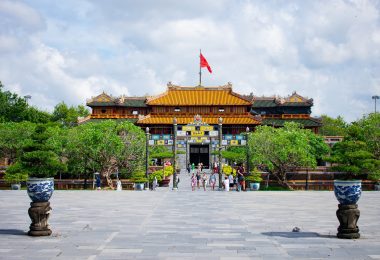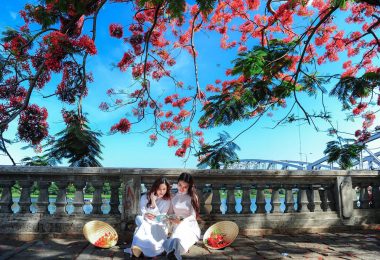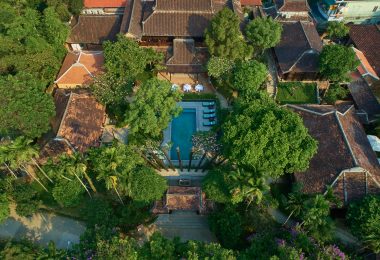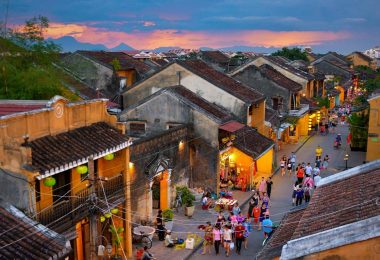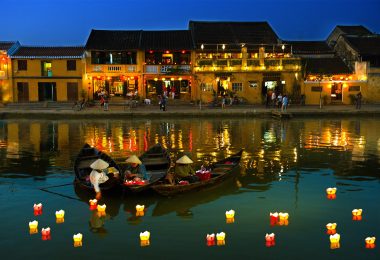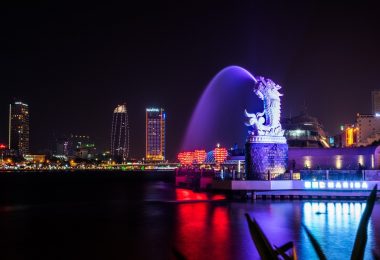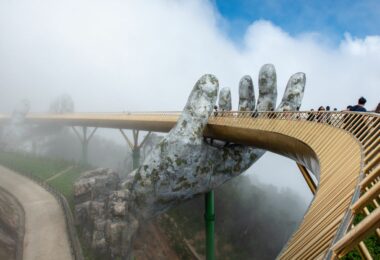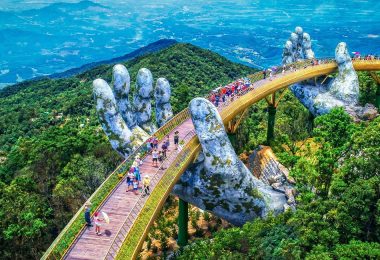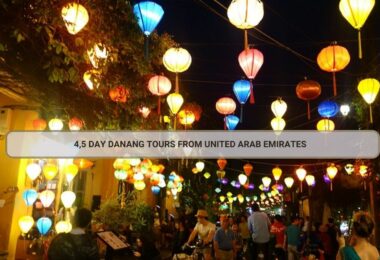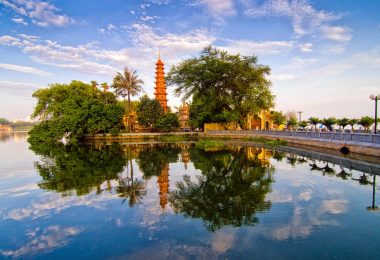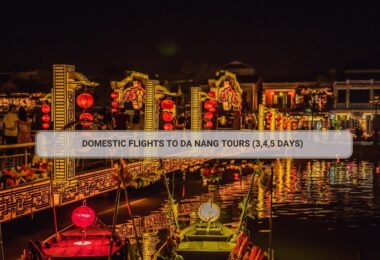The Da Nang Museum of Cham Sculpture is a collection of history and testimony to the rich heritage of the antique Cham Kingdom. This definitely has to be the destination to go to for all history and culture lovers. It is the abode of grand insight into Cham people’s art and history, preserving their legacy for posterity.
Background of the Cham Kingdom
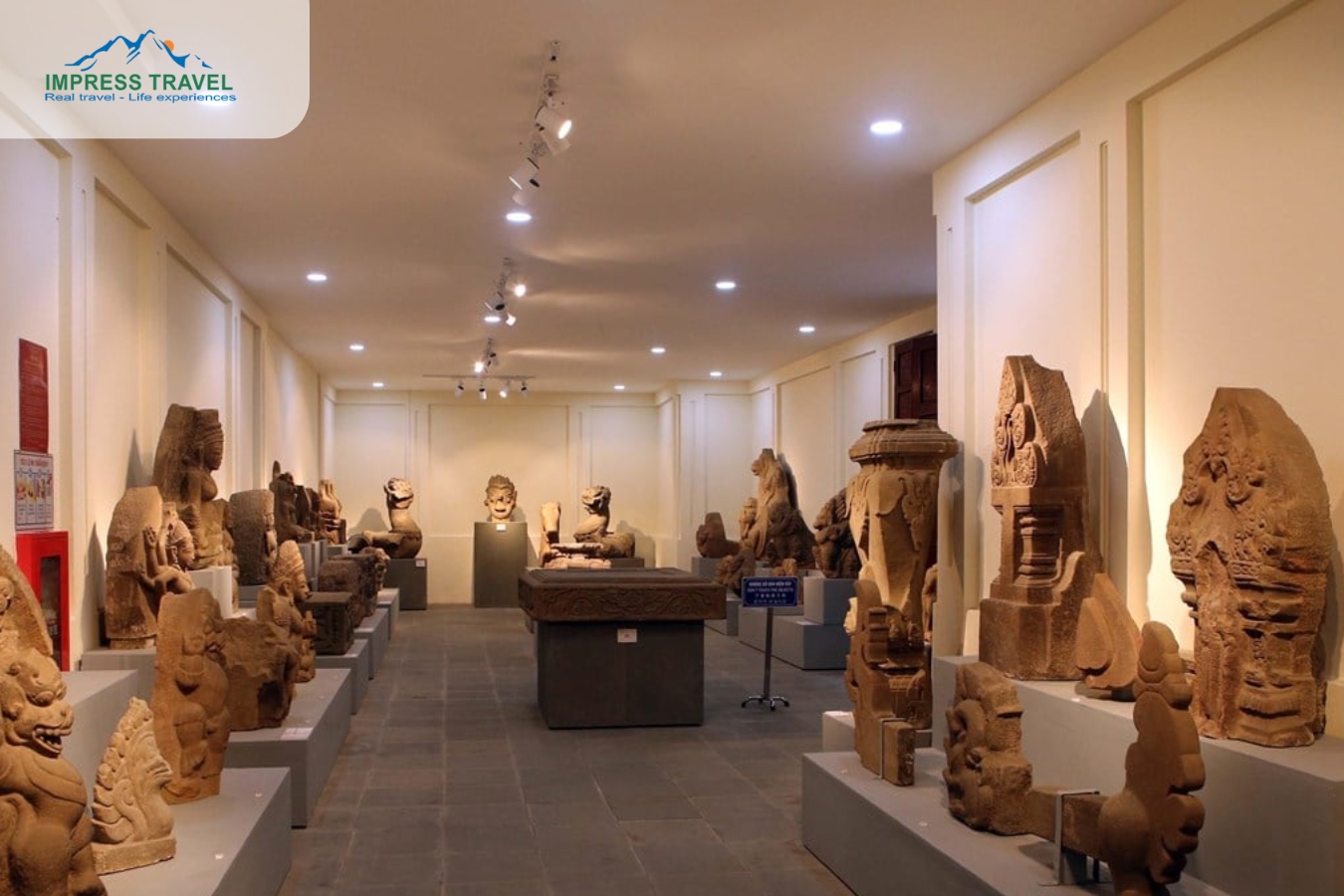
The context of the Cham Kingdom is recreated
The Cham Kingdom was a bustling civilization that had reached its glory by the 2nd century and its decline by the 17th century, in today’s central and southern Vietnam. The Cham Kingdom was symbolized by an advanced culture deeply impressed by Hinduism and Buddhism. The Cham people built their intricate temples and created beautiful sculptures that mirrored their religious and artistic views.
The art is influenced by the Hindu and Buddhist cultures. One can easily identify Hindu deities such as Shiva, Vishnu, and Brahma, with the sculptures of Buddhist figures that are important in the people’s artistic expression. In these works, one does not only see the devotion of the Cham people but also their intricate craft and aesthetic sensibility.
Here, probably, the most important events that shaped the Cham kingdom were two: continuous fights with the neighboring states and the last one—absorption into the Vietnamese empire. Notwithstanding these turbulences, the Cham managed to leave a durable legacy of art and architecture that continues to amaze scientists and tourists.
Foundation and Development of the Danang Museum of Cham Sculpture
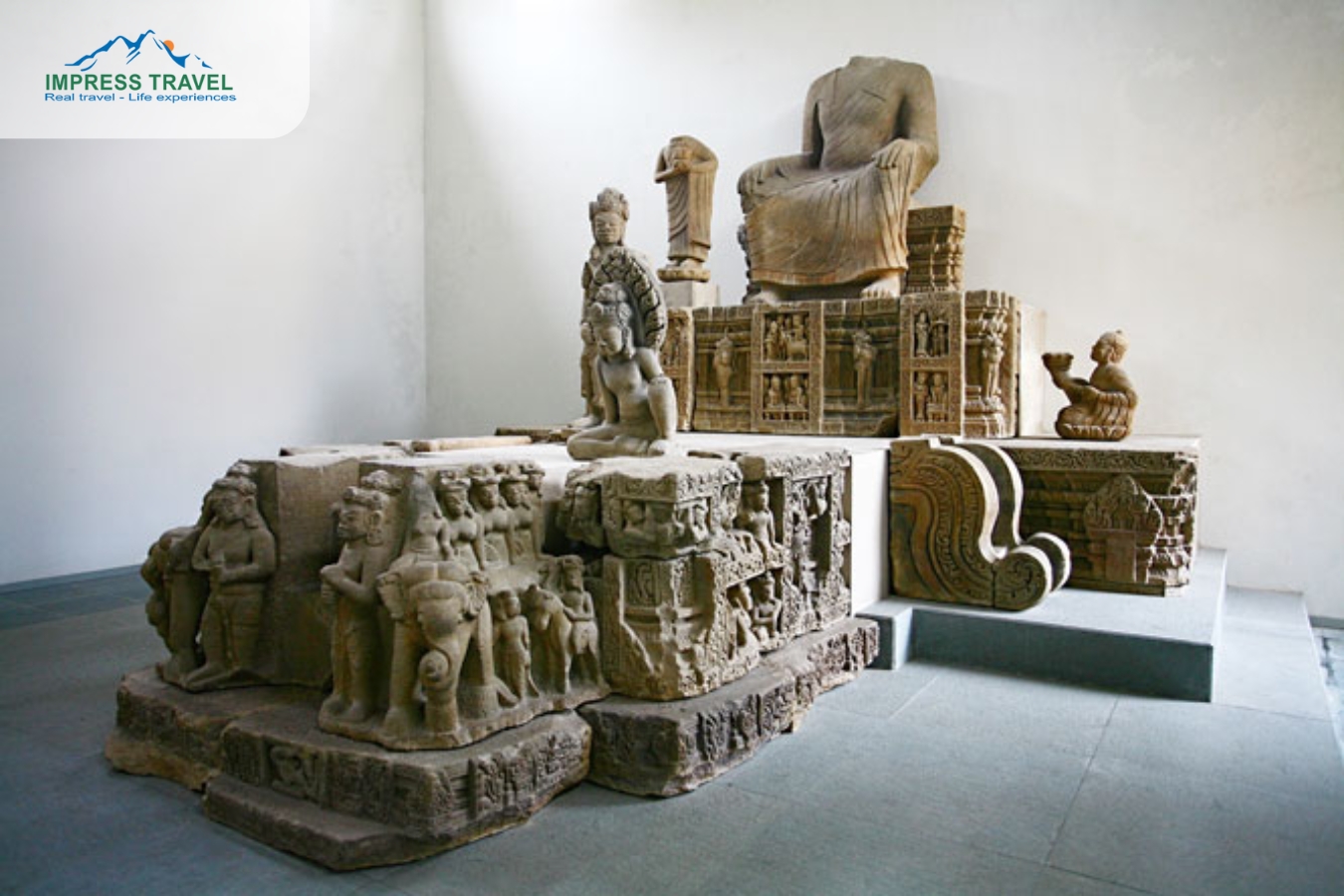
The formation and development of the Da Nang Museum of Cham Sculpture
Constructed in 1915 by the French, the Da Nang Museum of Cham Sculpture was the first building to house Cham artifacts found in the area. According to the museum’s history, the construction of this museum was under the leadership of one of the most famous French School of the Far East (EFEO) archeologists: Henri Parmentier. This museum structure was intended to be used to accommodate a collection of sculptures collected from Cham temples and towers throughout central Vietnam.
After its inauguration in 1919, the museum has seen a number of expansions and has been successively renovated to host the ever-growing collection size, besides maintaining the state of the facilities. The first major extension was done in the 1930s and the second in 2002, wherein new galleries, a restoration workshop, and a research center were included. These reinforced the leadership of the Museum in institutions concerned with Cham culture.
Location and Accessibility
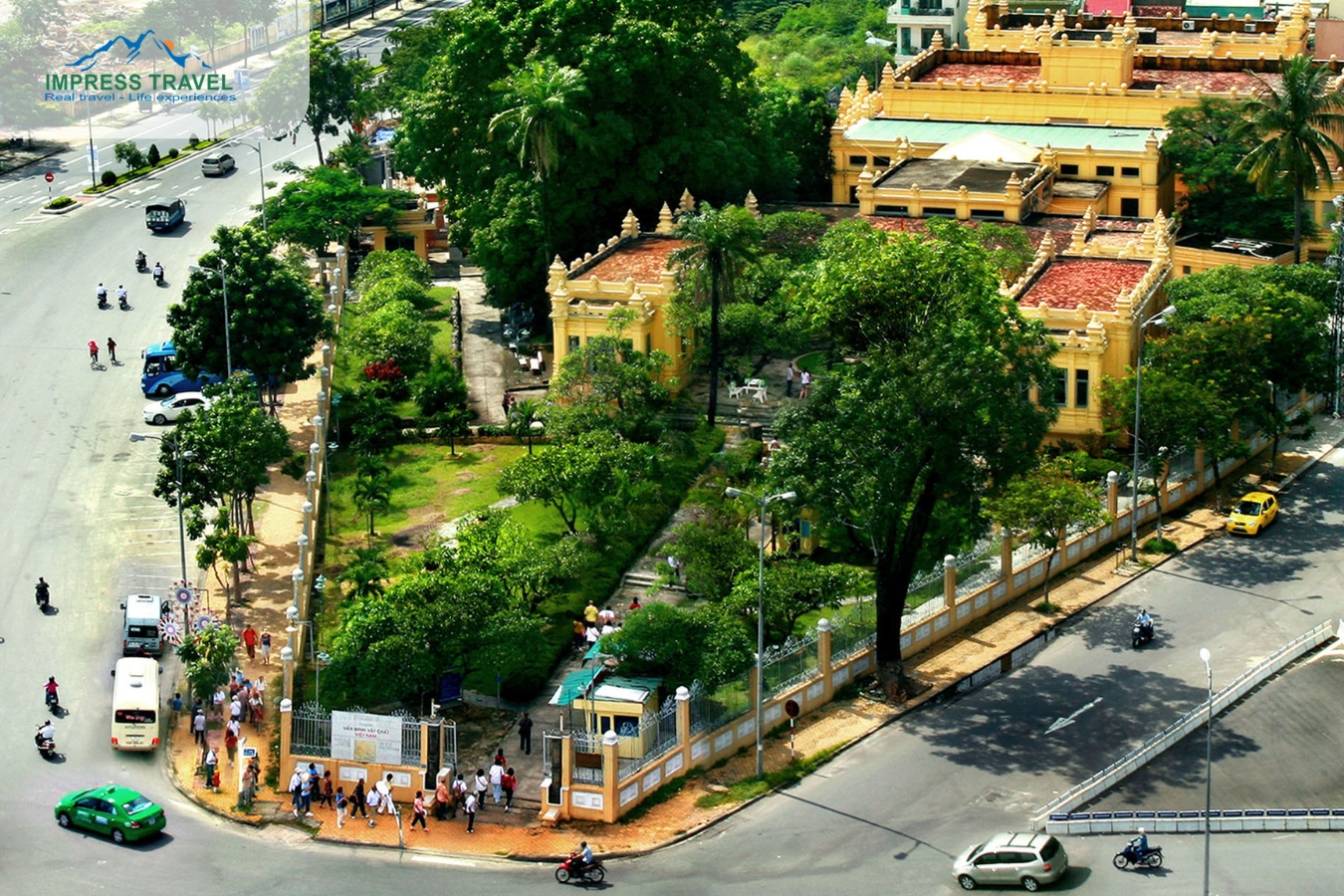
The Museum’s location is right in the city center
Easily accessible Da Nang Museum of Cham Sculpture from any part of the city, it stands at No. 02, 2/9 Street, Binh Hien Ward, Hai Chau District, Da Nang City. It is found at an intersection with 2/9 Street and Trung Nu Vuong Street, right opposite the Vietnam Television Center.
The museum is connected to various transport infrastructures serving the visitors, from public buses and taxis to credit cards or other personal modes of transport. Its location near other sites considered as tourist sites ensures that if one is in Da Nang, visiting the museum is an easy task.
Architectural Highlights of Danang Museum of Cham Sculpture
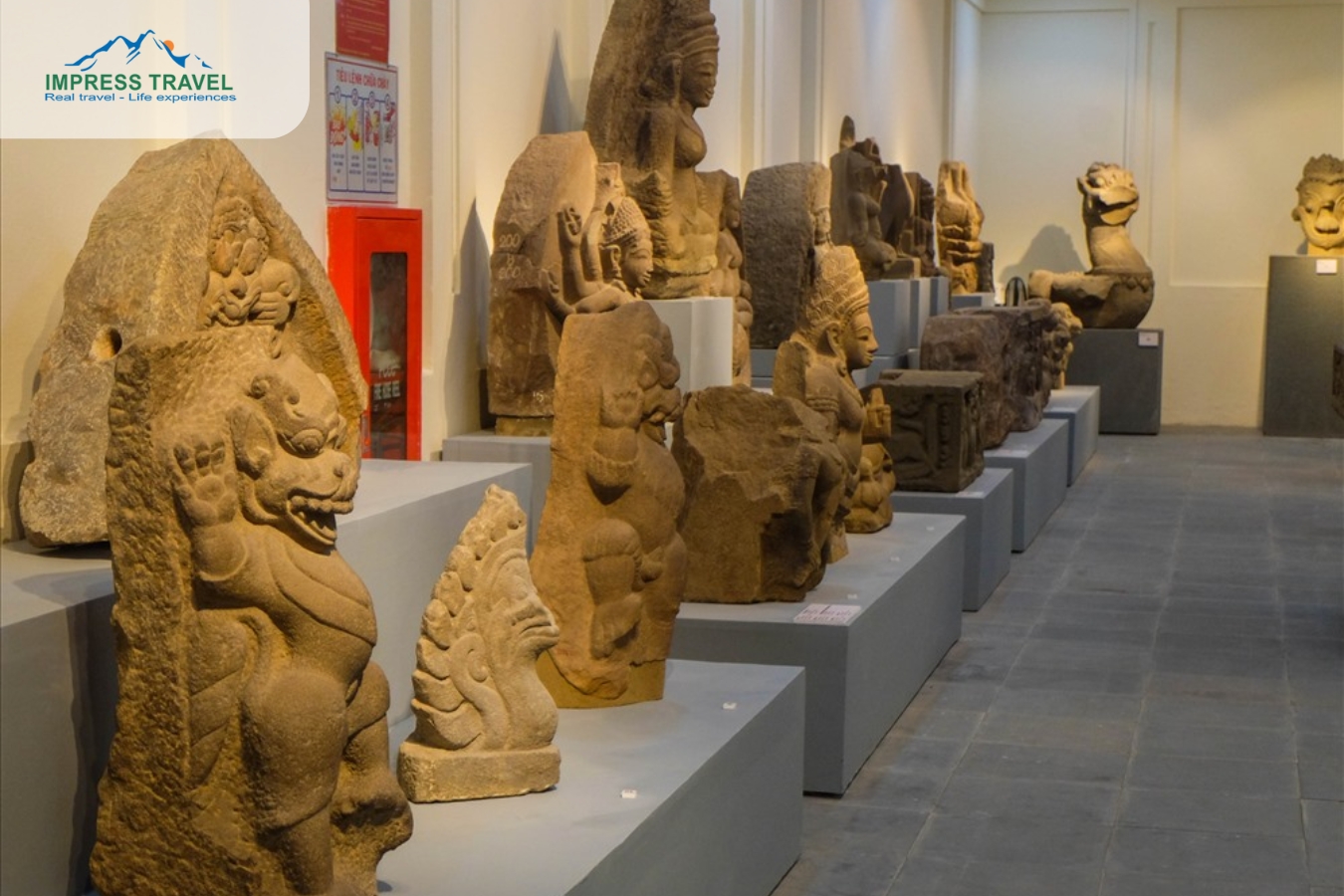
Architectural highlight of Da Nang Museum of Cham Sculpture
The Da Nang Museum of Cham Sculpture is well-designed to emphasize the fusion of European Gothic and traditional Cham styles. French architects Delaval and Auclai have a good blend of the Cham temple architectural design on the layout of the building, considering the pyramid-shaped roof, and the huge airy chambers filled up by natural sunlight.
The outside perimeter of the building is illustrated with ornate carvings and motifs that are very typical of the decorative art of the Cham people. Inside, large galleries organize the ability of the visitor to move easily from one room to the other, enjoying the artifacts in a very well-thought-out setting. Although the building has undergone restoration several times, the architectural style has remained unchanged and the features are still preserved today.
Exhibition Rooms and Collections
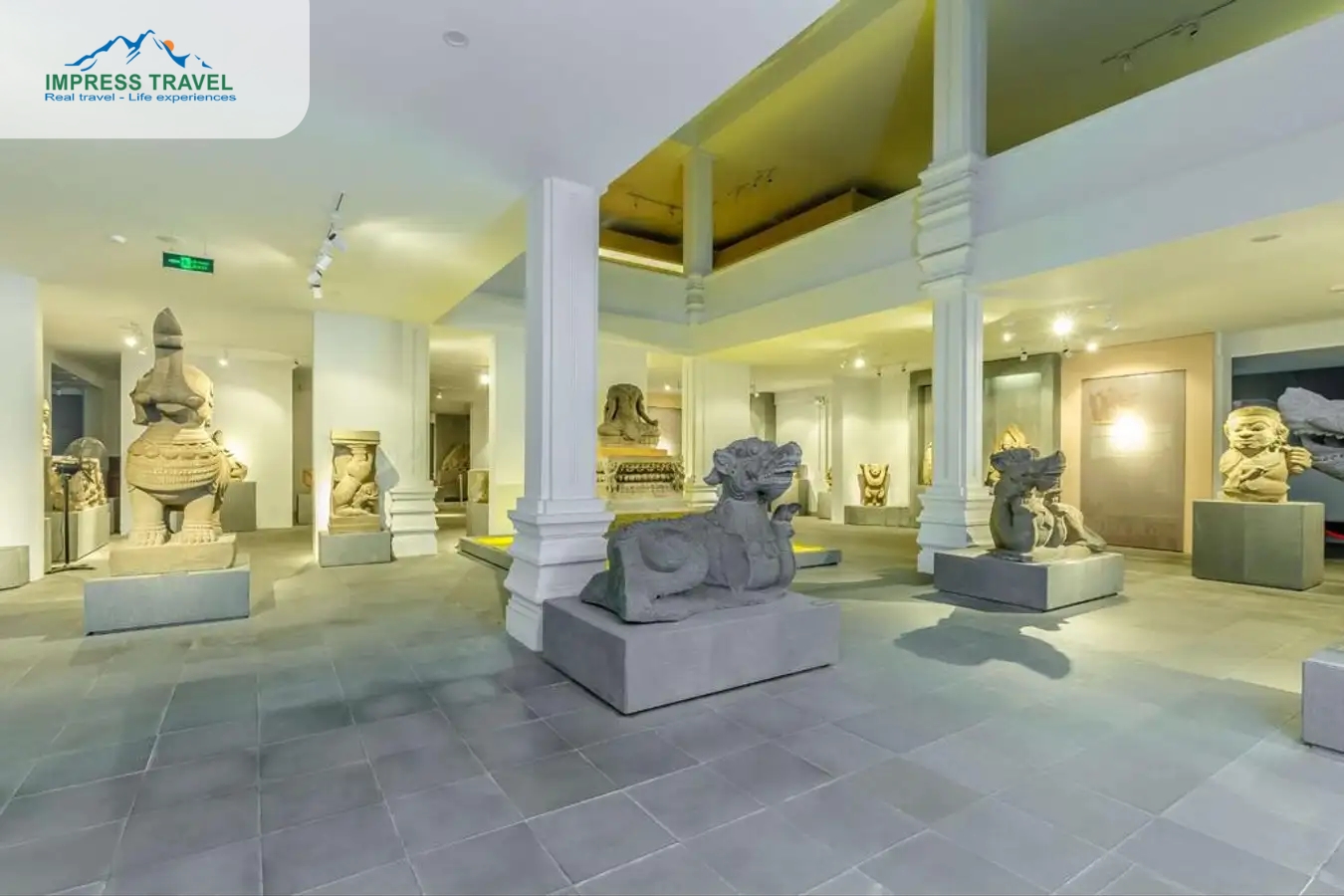
Collection of sculptures at the Exhibition Room
The Da Nang Museum of Cham Sculpture lays visitors on a sort of chronological journey of Cham art and culture. The main exposition rooms include Tra Kieu Gallery, My Son Gallery, and Thap Ma Gallery, in which important artifacts are shown that bring out different aspects of Cham history and artistry.
- Tra Kieu Gallery: Exhibits sculptures which were from the Tra Kieu region, the gallery is a display of an early period of the Cham’s artistic development. The gallery houses statues of Hindu deities and fine carvings; it important exhibit that would have adorned Cham temples.
- Sanctuary of materials from My Son Gallery: Homes for the materials from the My Son sanctuary with some of the finest examples of Cham sculpture. Highlights are the magnificent My Son E1 altar and the various Lingas and Yonis, symbols of Hindu worship.
- Thap Ma Gallery: This is the material from Thap Ma, one of the important Cham sites, next only to My Son. The statues of the gods and goddesses stand glorious with detailed relief which describe scenes from the Cham mythology and everyday life.
The galleries of the Da Nang Museum of Cham Sculpture are propounded with details and insights of the achievements in artistic and cultural output by the Cham civilization; hence, students and general enthusiasts of the region’s history must visit it.
National Treasures
Three national treasures are kept in the Da Nang Museum of Cham Sculpture: the E1 altar from My Son, the Tra Kieu altar, and the Tara Bodhisattva statue.
- My Son E1 Altar: It is one of the most intricately created artifacts and the most important of the Cham artifacts. It is decorated with reliefs representing all sorts of gods in Hindu mythology and other mythological scenes, essentially captioning the religious devotion and the artistic competence of the Cham people.
- Tra Kieu Altar: The Tra Kieu altar is famed for fine workmanship, as it is decorated with carvings of Hindu gods and complex floral designs. This is representative of the high level of artistic skills attained by the Cham sculptors.
- Bodhisattva Tara Statue: This is a bronze statue representative of the Buddhist deity Tara, considered a very precious and rare artifact. This typifies religious diversity in the kingdom of Champa and sophistication in metalworking.
These treasures indicate the religious practices of the Cham people; at the same time, they also talk about the remarkable artistry of these people and hence stand as invaluable treasures in the cultural history of Vietnam.
Visitor Experience at Danang Museum of Cham Sculpture
The Cham Museum in Da Nang is interesting, shedding light in depth upon the artistic and cultural heritage of the Cham civilization. The museum is open daily from 7:00 AM to 5:30 PM, with an entrance fee purposely friendly to all visitors, whether local or international.
The museum participates in a number of services provided to attempt to enhance the visiting experience: audio guides, human tour guides, and educational programs. They offer the visitors an opportunity to get maximal understanding through artifacts and knowledge of the Cham people, making a visit more interactive and instructive.
Visit first to the Tra Kieu Gallery, next to the My Son Gallery, and then on to the Thap Ma Gallery. If the early morning or late afternoon then it is free of crowds and makes for a more pleasurable experience.
Visitor Etiquette and Guidelines
The following is encouraged for visitors to the Da Nang Museum of Cham Sculpture in order to respect the artifacts and the cultural heritage:
- Do not touch the artifacts: The sculptures and other artifacts are fragile and can be destroyed by touch.
- Observe the dress code: Dress modestly to accord with the cultural and religious importance of the art pieces on display.
- Respectful behavior: Do not make noise inside the museum. Maintain respect on the museum premises.
It is by following these guidelines that the visitors shall preserve the collection of the museum for posterity, for others to enjoy in the coming ages.
Conclusion
A visit to the Da Nang Museum of Cham Sculpture is not just like visiting ancient artifacts, but extremely lively for the previous glorious civilization of Cham. It should be a great place to visit with its rich collection, excellent location, and unique architectural style for those who are desirous of knowing more about the history and culture of Vietnam. Whether history or cultural touring interests you, this will surely be an invigorating experience, enriching your perspective of the Cham heritage.
Don’t forget to regularly follow our Fanpage and Danang tours for more interesting information about traveling to Danang and to book Danang tours at the best prices.

















